Try These 6 Science Experiments With Your Kids
2016.02.04
Instead of using the iPad or bringing your kid to the mall this weekend, how about trying out some fun and exciting easy-to-do science projects with them? You don't need much, and you'll likely find the ingredients you need at home already. Check it out:
Some ice cubes
Some salt
Some thread
2. Pour salt on the ice cube and wait 5-10 minutes.
3. Take the other end of the thread and "fish" the ice cube out!
Some red paint
Water
Dish soap
Vinegar
Cardboard
Modeling clay
2. Place an empty container in it and apply modeling clay to give it the mountain effect.
3. Put the volcano on a plate.
4. Pour baking soda in it. And then red paint. And water.
5. Now add a drop of dish soap and start stirring.
6. Finally, add vinegar to the mixture.
7. Watch the volcano flow with LAVA!
Water
Paper
2. Move it across and see how the sheet gets stuck to the glass.
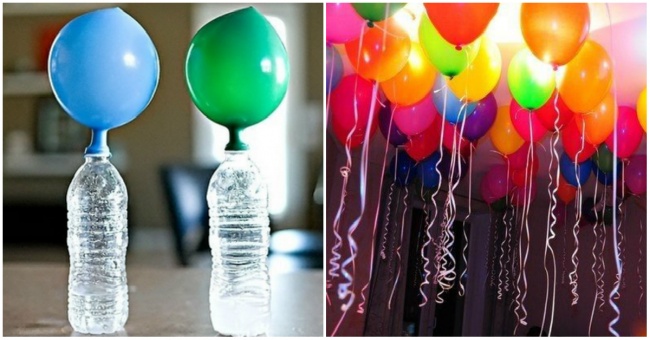
33.8 to 50,7 oz (1 to 1,5 l) empty bottle
A teaspoon
A funnel
Some vinegar
Baking soda
2. Pour 2-3 teaspoons of baking soda in the balloon.
3. Put the balloon on the neck of a bottle.
4. See it inflate.
5. Rub the balloon with any synthetic material to produce a static charge.
2 glass jars/cups
Some water
Vinegar
2. Place a second egg in a glass of vinegar.
3. Set them aside for 4-6 hours and start seeing the results.
4. In 7-10 days, the second egg will become soft and its shell will disappear.
What this teaches kids:
Vinegar will cause a chemical change in the egg, dissolving the eggshell. This is called decalcification.
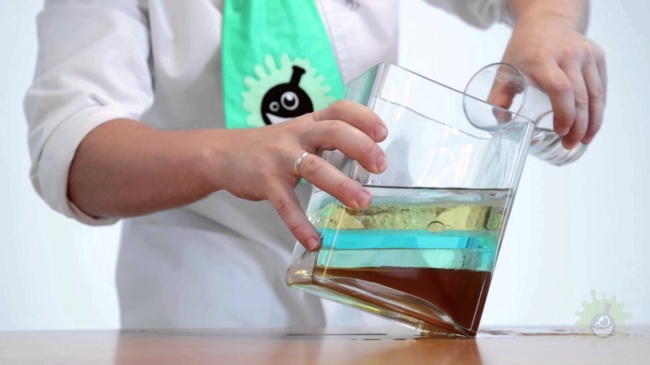
Vegetable oil
Alcohol
A transparent container
2. Gently pour alcohol on the oil.
3. The liquids will separate into three layers.
Ice Fishing
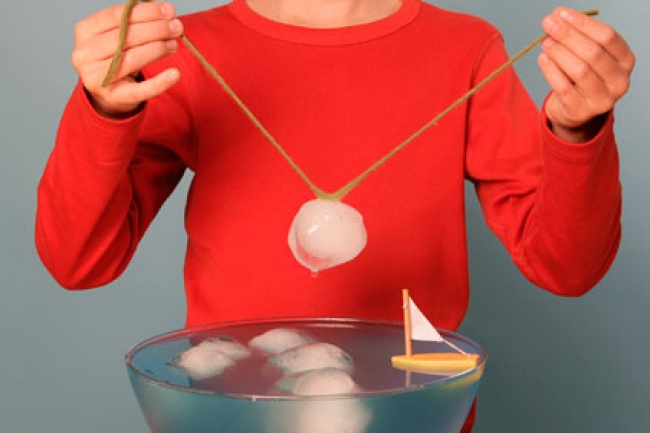
Ingredients:
A bowl of waterSome ice cubes
Some salt
Some thread
What to do:
1. Get a bowl of water and put an ice cube in it. Place the thread halfway in the water, and let one end lie on an ice cube and the other end outside the bowl.2. Pour salt on the ice cube and wait 5-10 minutes.
3. Take the other end of the thread and "fish" the ice cube out!
What this teaches kids:
When salt touches the ice cube, it will heat a little part of it. Salt dissolves the water and fuses the ice and thread together.Build your own home Volcano:

Ingredients:
Some baking sodaSome red paint
Water
Dish soap
Vinegar
Cardboard
Modeling clay
What to do:
1. First you'll have to make a cone from cardboard and cut the top out.2. Place an empty container in it and apply modeling clay to give it the mountain effect.
3. Put the volcano on a plate.
4. Pour baking soda in it. And then red paint. And water.
5. Now add a drop of dish soap and start stirring.
6. Finally, add vinegar to the mixture.
7. Watch the volcano flow with LAVA!
What this teaches kids:
Baking soda and vinegar will cause a reaction that produces water, salt, and carbon dioxide. This in turn will create the eruption.Paper Cover
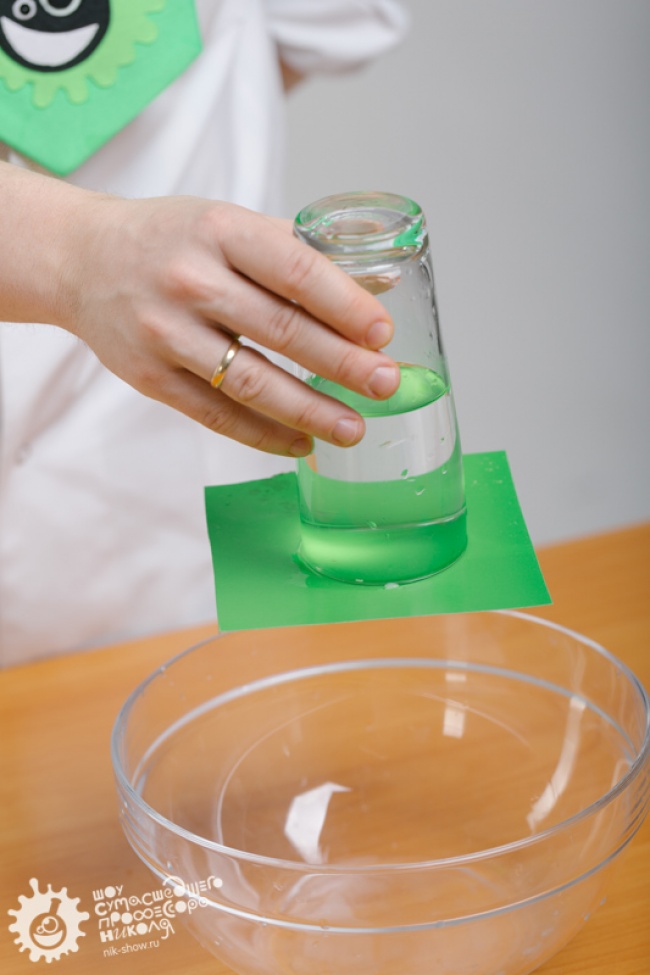
Ingredients:
1 glassWater
Paper
What to do:
1. Use a square piece of paper and put it on the brim of a glass of water.2. Move it across and see how the sheet gets stuck to the glass.
What this teaches kids:
Magnetization! Water starts pushing the paper from one side and air pushes it from the other. When air pressure is higher than the water pressure in the glass, the paper will not fall. Magic is science.Self-Inflating Balloons

Ingredients::
Some air balloons33.8 to 50,7 oz (1 to 1,5 l) empty bottle
A teaspoon
A funnel
Some vinegar
Baking soda
What to do:
1. Fill one-third of a bottle with vinegar.2. Pour 2-3 teaspoons of baking soda in the balloon.
3. Put the balloon on the neck of a bottle.
4. See it inflate.
5. Rub the balloon with any synthetic material to produce a static charge.
What this teaches kids:
Soda and vinegar will produce carbon dioxide filling the balloon. Due to the static charge, it will float on the ceiling.Soft Naked Egg
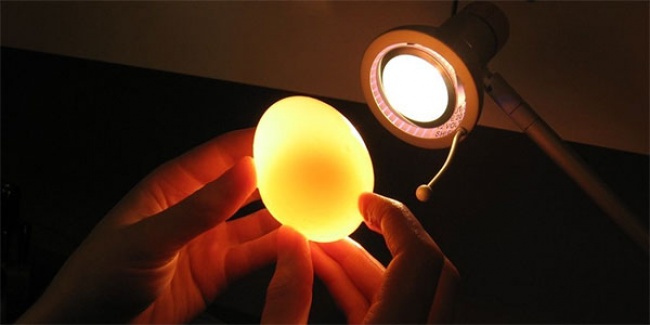
Ingredients:
2 eggs2 glass jars/cups
Some water
Vinegar
What to do:
1. Use one raw egg and put it in a jar of plain water.2. Place a second egg in a glass of vinegar.
3. Set them aside for 4-6 hours and start seeing the results.
4. In 7-10 days, the second egg will become soft and its shell will disappear.
What this teaches kids:
Vinegar will cause a chemical change in the egg, dissolving the eggshell. This is called decalcification.
Three Layers of Liquid

Ingredients:
Some juiceVegetable oil
Alcohol
A transparent container
What to do:
1. Pour juice into a container and add vegetable oil along the walls.2. Gently pour alcohol on the oil.
3. The liquids will separate into three layers.
What this teaches kids:
Every type of liquid has different densities. The less dense one will rise over the denser liquid.More Articles
Copyright © Fooyoh.com All rights reserved.